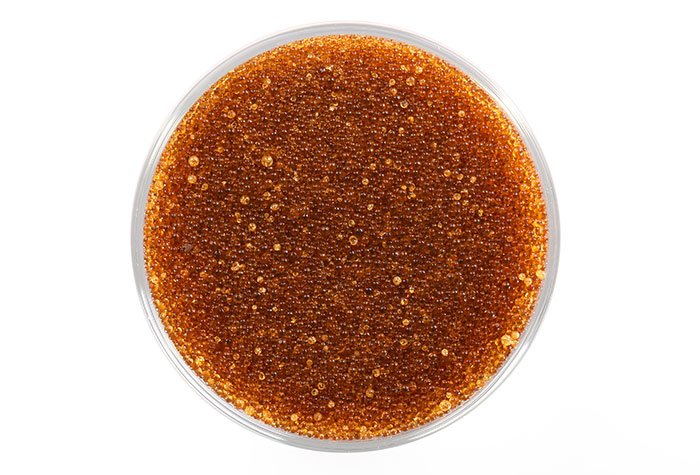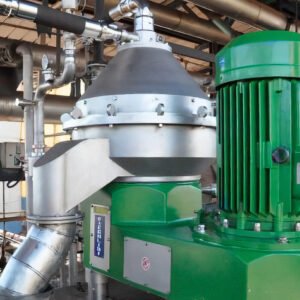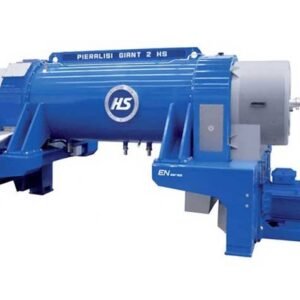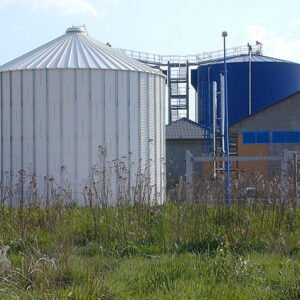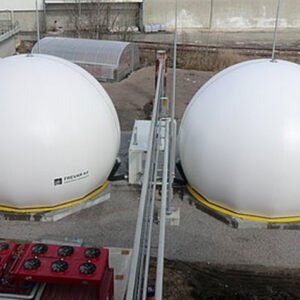Description
Ion exchange resins are exceptional agents that effectively eliminate harmful contaminants from liquids, replacing them with desired, beneficial ions. This versatile technology finds application in various industries, including water treatment, water softening, industrial demineralization, condensate polishing, ultrapure water production, and wastewater treatment. Moreover, it serves as a valuable method of separation in non-water processes, such as desiccation and chromatographic separation, and offers significant utility in chemical synthesis, manufacturing, food processing, mining, power generation, agriculture, and more.
Unlike solids separation through filtration, soluble substances necessitate a distinct approach. Ion exchange enables the reversible interchange of ions between a solution containing soluble ionized substances and a solid medium known as the ion exchange material, such as a cation resin. Importantly, this process brings about no permanent alteration to the structure of the solid.
Key Chemical Characteristics of Ion Exchange Resins:
- Capacity: Refers to the number of available sites for ion exchange (total capacity) or the effective performance achieved by the IX resin when operating under specified conditions (operating capacity).
- Swelling: Involves the hydration of fixed ionic groups, increasing with capacity to the resin’s polymer network limitations.
- Selectivity: This signifies the resin’s affinity for a specific ion, determined by the ion’s charge and the size of its hydrated form.
- Kinetics: Relates to the speed of ion exchange.
- Stability: Refers to the tendency toward, or rate of, degradation.
Classifying Ion Exchange Resins:
Ion exchange resins are categorized based on their functional groups, and they conventionally fall into two main groups:
Cation Exchange Resins:
- Strong Acid (SAC): Capable of exchanging cations or splitting neutral salts across the entire pH range.
- Weak Acid (WAC): Exhibits a high affinity for hydrogen ions and is easily regenerated with strong acids. It demonstrates a significant capacity for alkaline earth metals associated with alkalinity and a more limited capacity for alkali metals.
Anion Exchange Resins:
- Strong Base (SBA)
- Type 1: Possesses the strongest basic functional group, with a high affinity for weak acids like silicic acid and carbonic acid, commonly found during water demineralization. Regeneration efficiency to the hydroxide form is slightly lower than Type 2.
- Type 2: Exhibits lower basicity compared to Type 1 but still removes weak acid anions for most applications. Type 2 resins are favored for high-temperature applications, and their regeneration efficiency surpasses that of Type 1.
- Weak Base (WBA): Contains tertiary amine functionalities, effectively adsorbing strong acids with a high capacity. Readily regenerated with caustic, it proves highly efficient when used in conjunction with a strong base anion, offering a high operating capacity and regeneration efficiency.
Special Chemical Groups and Adsorbents:
- Chelating Resins: Ideal for the selective exchange of various heavy metals from alkaline earth and alkali metal solutions, commonly used in the hydrometallurgical industry.
- Adsorbents: Serve as effective organic compound removal agents in various industries, including bioprocessing and wastewater treatment.
At Dahi Bondad Tejarat, we take pride in providing cutting-edge ionic resins from reliable manufacturers like Dupont. Our expertise extends to pioneering processes such as ion retardation, ion exclusion, acid retardation, desiccation, radium removal, chelation, and catalysis. Count on us to procure the finest ion exchange resins tailored to your specific needs and requirements.

